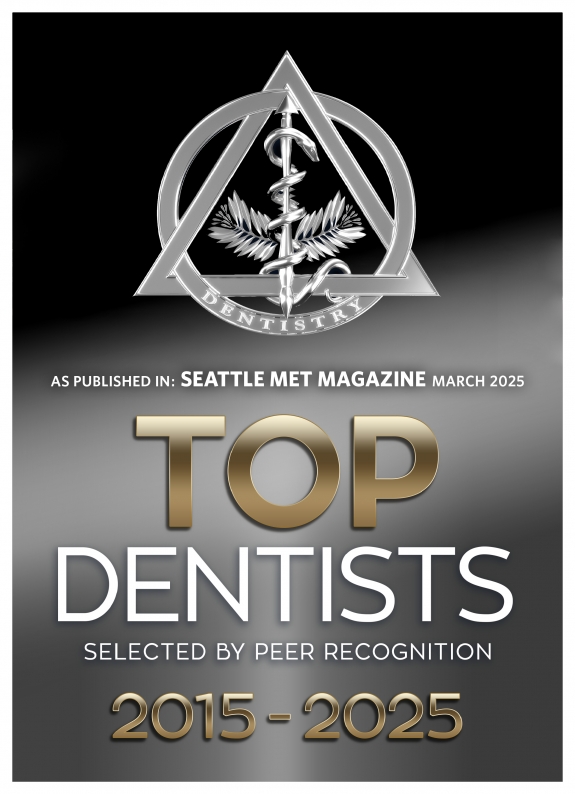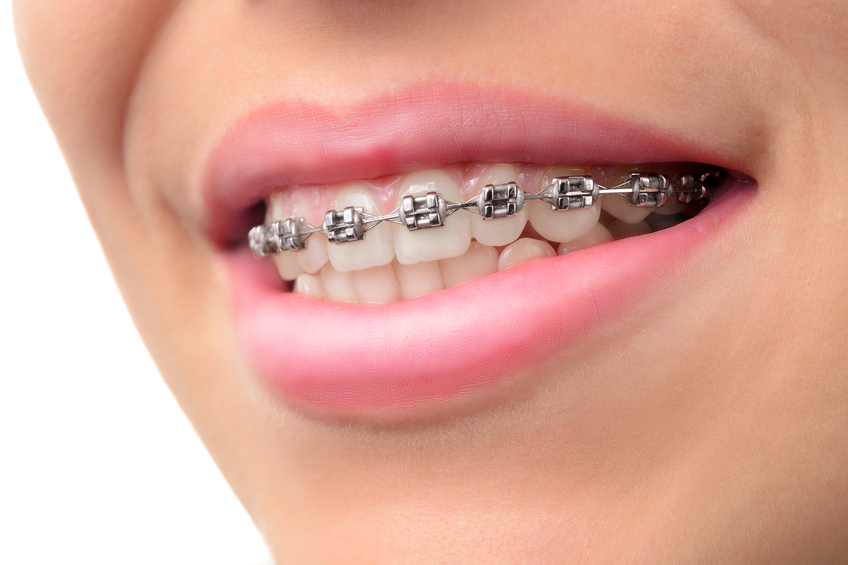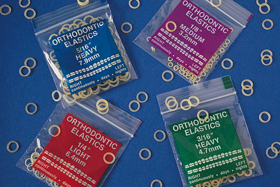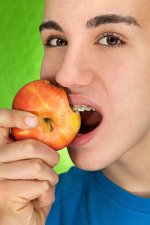For patients just starting orthodontic treatment, there are two techniques used to attach the brackets to the teeth: direct or indirect bonding. There are many variations of orthodontic brackets with each type claiming superiority in achieving the optimal final tooth position and interarch occlusion. However, if the brackets are not positioned ideally on each individual tooth, all the innovations in bracket design become irrelevant. The ideal positioning of each bracket must align the individual tooth in relation to each of the neighboring teeth and also in relation to the entire arch.
The Indirect Bonding Technique
When the indirect bonding technique is used, instead of positioning the brackets directly on the teeth, they are first positioned on a plaster model of the teeth. The braces are then transferred to the patient’s teeth. While this method typically makes the patient’s initial bonding appointment shorter, successive appointments, and even treatment length, can be longer due to the increased likelihood for repositioning brackets because they can slightly shift during the bracket transfer process. Dr. Peralta believes the most predictable and precise way to bond brackets is with direct bonding.
The Direct Bonding Technique
When the direct bonding technique is used, the brackets are placed directly on the teeth, one tooth at a time, and not on a plaster model. This method takes more time than the indirect bonding method because each individual bracket is meticulously placed correctly from the start, taking into consideration the teeth’s crown and root position. Our Seattle orthodontist, Dr. Peralta, takes the extra time to perform direct bonding because it results in a higher degree of precision and more detail-focused results. You can see the results that direct bonding produces here.
Our Focus is on Helping You Achieve Your Best Possible Smile!
At Peralta Orthodontics, we work hard to ensure that each patient we treat achieves their best possible smile! Because Dr. Peralta is our only orthodontist, the pace of treatment is more consistent and efficient, resulting in treatment taking as little as 12 months. He personally meets with each patient at every visit and oversees all details of treatment, providing each patient with the personal attention and meticulous care they deserve. Patient satisfaction is what’s most important to us!
If you would like to schedule a complimentary consultation with Dr. Peralta to find out how you or your child can benefit from orthodontic treatment, please schedule an appointment with us today. We look forward to welcoming you to our practice where we give our patients many good reasons to smile!




















